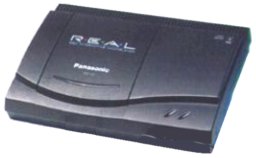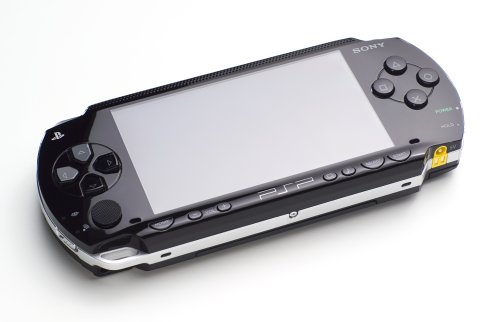The FOURCC List affords us many scattered bits of intelligence on various codecs used throughout the history of multimedia technology. Duck/On2’s early TrueMotion codecs are assigned a variety of FOURCCs– such as DUCK, TMOT, and PVEZ– which may or may not refer to distinct TrueMotion variants.
Serge van den Boom informed me that the 3DO version of Star Control II made use of some TM variation named TrueMotion-S. The open sourced Star Control II effort includes code to decode this video. The relevant files are dukvid.[ch] in this directory. A sample (logo.tar.bz2) is available in my Duck TM1 samples directory. Interestingly, the bundle actually contains 4 files. The .duk file has all of the video data stuffed together. The .hdr file contains some header information. The .frm file contains the frame offset boundaries for the .duk data file. And the .tbl file apparently contains data for initializing the delta table to use for decoding the data.
I am not yet sure if the data is decoded to 16- or 24-bit video. If someone is willing to jump in and figure this out, it might help us sort out the remaining pieces of the generalized Duck TM1 decoder for FFmpeg. It stands to reason, however, that the data is 16-bit at best since Star Control 2 is such an early game in terms of the multimedia genre. The game is reportedly one of the earliest games that Duck TM1 was used for so it may be on the bottom rung of the Duck predictive evolutionary ladder.

